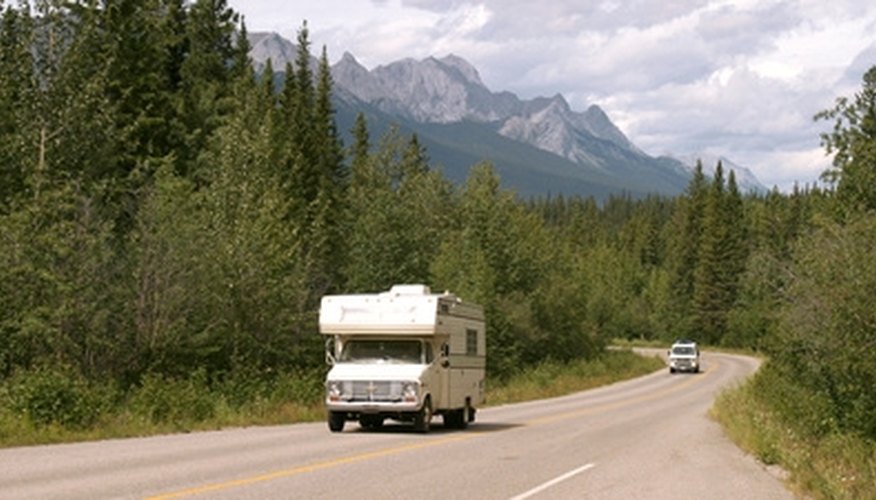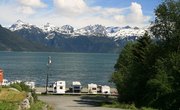
Plywood is the material of choice for camper construction. The problem with plywood is that it is prone to rotting at the first sign of water. As water seeps in undetected from seams, vents, windows, lights and access panels, it slowly damages the structure of the camper. Once you notice soft spots in the floor, walls and ceilings, expect to spend a lot of time and effort replacing the plywood.
Items you will need
Tape measure
Exterior grade plywood
Cordless drill or screwdriver
Wood Screws
Safety goggles
Work gloves
Reciprocating saw
Locate damaged areas of plywood by looking for water stains on the walls, ceiling and floors. Check for soft or spongy areas on the floor and in the ceiling.
Remove any wall or floor covering to expose the plywood. With a reciprocating saw, cut out the damaged area plus two inches on each side to make sure all of the damage is removed. If possible, cut away enough plywood so that you can attach the new piece to the camper's frame.
Cut a new piece of exterior grade plywood to fit into the area where the damaged wood was removed. Attach the new plywood to the camper with wood screws.
Check the ceiling for damage. Before cutting into the ceiling panels, make sure that they can be removed without compromising the structural integrity of the camper. In vintage campers, plywood may have been used in ceiling panels. To replace plywood in vintage campers, use a reciprocating saw to cut out the damaged area. Cut a piece of new exterior plywood and place it in the area where the damaged wood was removed. Use wood screws to secure the new plywood in place.
Warnings
- The ceiling panels in modern campers are usually made from lauan wood, not plywood, and the panels are not easily removed because they are a part of the structure of the camper.
Tips
- Add insulation to the camper while you have the old plywood removed. It will decrease the amount of air-conditioning needed for cooling and propane used for heating.
References
- "Trailer Life's RV Repair & Maintenance Manual;" Fourth Edition; Bob Livingston; 2002
- "Tech Savvy: Coach and Chassis;" Wes Caughlan; Motorhome Magazine; March 2010
Tips
- Add insulation to the camper while you have the old plywood removed. It will decrease the amount of air-conditioning needed for cooling and propane used for heating.
Warnings
- The ceiling panels in modern campers are usually made from lauan wood, not plywood, and the panels are not easily removed because they are a part of the structure of the camper.
Writer Bio
Lynda Altman started writing professionally in 2001, specializing in genealogy, home-schooling, gardening, animals and crafts. Her work has appeared in "Family Chronicle Magazine" and "Chihuahua Magazine." Altman holds a B.A. in marketing from Mercy College, a black belt in taekwondo, master gardener certification, a certificate in graphic arts and a certificate in genealogy.



